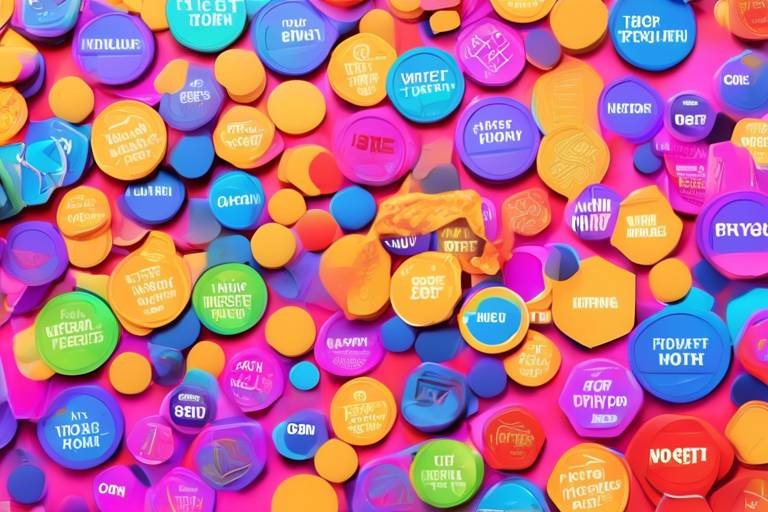How to Identify Rug Pulls in Crypto Investments
In the rapidly evolving world of cryptocurrency, the potential for profit is immense, but so are the risks. One of the most insidious threats investors face is the dreaded rug pull. Imagine putting your hard-earned money into a shiny new project, only to find out that the developers have vanished, leaving you with nothing but a digital ghost. This article explores the critical aspects of recognizing rug pulls in cryptocurrency, offering insights into their characteristics, prevention strategies, and how to safeguard your investments effectively.
So, what exactly are rug pulls? At their core, rug pulls are deceptive practices where developers abandon a project after attracting significant investment. The term paints a vivid picture: just as someone might pull a rug out from under you, developers can pull the financial support from under investors, leaving them stranded. The impact on investors can be devastating, leading to substantial financial losses and a sense of betrayal. In a space where trust is paramount, rug pulls shatter that trust, making it essential for investors to be informed and vigilant.
Identifying potential rug pulls can save investors from significant losses. By being aware of the typical warning signs, you can better protect yourself. Some of the most common indicators include:
When a project promises guaranteed returns or unrealistic profits, it's a major red flag. Think about it: if it sounds too good to be true, it probably is. Developers might lure you in with promises of quick riches, but such claims should be approached with skepticism. In the world of crypto, the only guarantee is volatility—anything else is likely a smoke screen for a scam.
Transparency is crucial in crypto projects. If you can't find clear communication from the developers or if information is scarce, it's time to raise an eyebrow. A legitimate project should provide accessible information about its goals, team, and roadmap. Without this transparency, you might be walking into a trap. Remember, knowledge is power, and in the crypto space, it can also be your best defense.
While anonymity can be a double-edged sword, it often raises alarms in the crypto world. Projects led by anonymous developers can be particularly risky. If you can't verify who is behind a project, how can you trust them? Anonymity can shield bad actors, making it easier for them to disappear with your funds. Always consider the implications of investing in a project without knowing who is steering the ship.
Monitoring the development progress of a project can reveal potential issues. Here are some key indicators that suggest a project may be heading towards a rug pull:
- Infrequent updates or communication from the team.
- Unrealistic timelines for project milestones.
- A sudden surge in marketing without substantial product development.
Being proactive and keeping an eye on these aspects can help you steer clear of potential pitfalls.
Proper research is essential to avoid rug pulls. It’s akin to doing your homework before a big exam—neglecting it can lead to disastrous results. When you dive into a new project, take the time to evaluate its legitimacy. This involves looking into not just the project itself, but also the team behind it, the technology they are using, and the community that supports it.
A project's whitepaper is like its blueprint; it provides crucial information about what the project aims to achieve and how it plans to do so. When examining a whitepaper, look for:
- Clear objectives and goals.
- A detailed explanation of the technology and how it works.
- Transparency about the team and their qualifications.
If a whitepaper is filled with jargon and lacks clarity, consider it a warning sign. A well-constructed whitepaper should be understandable and informative, providing you with the confidence to invest.
A strong community can indicate a project's reliability. Engaging with the community can provide insights into the sentiment surrounding the project. Look for active discussions on forums, social media, and other platforms. If the community is passionate and informed, it often reflects positively on the project. However, if you notice a lack of engagement or negative sentiment, it may be time to reconsider your investment.
Q1: What is a rug pull?
A rug pull is a scam in the cryptocurrency space where developers abandon a project after attracting investment, leaving investors with worthless tokens.
Q2: How can I protect myself from rug pulls?
Research thoroughly, watch for red flags, and engage with the community to gauge a project's legitimacy.
Q3: Are all anonymous projects scams?
No, not all anonymous projects are scams, but anonymity can be a risk factor. Always do your due diligence.
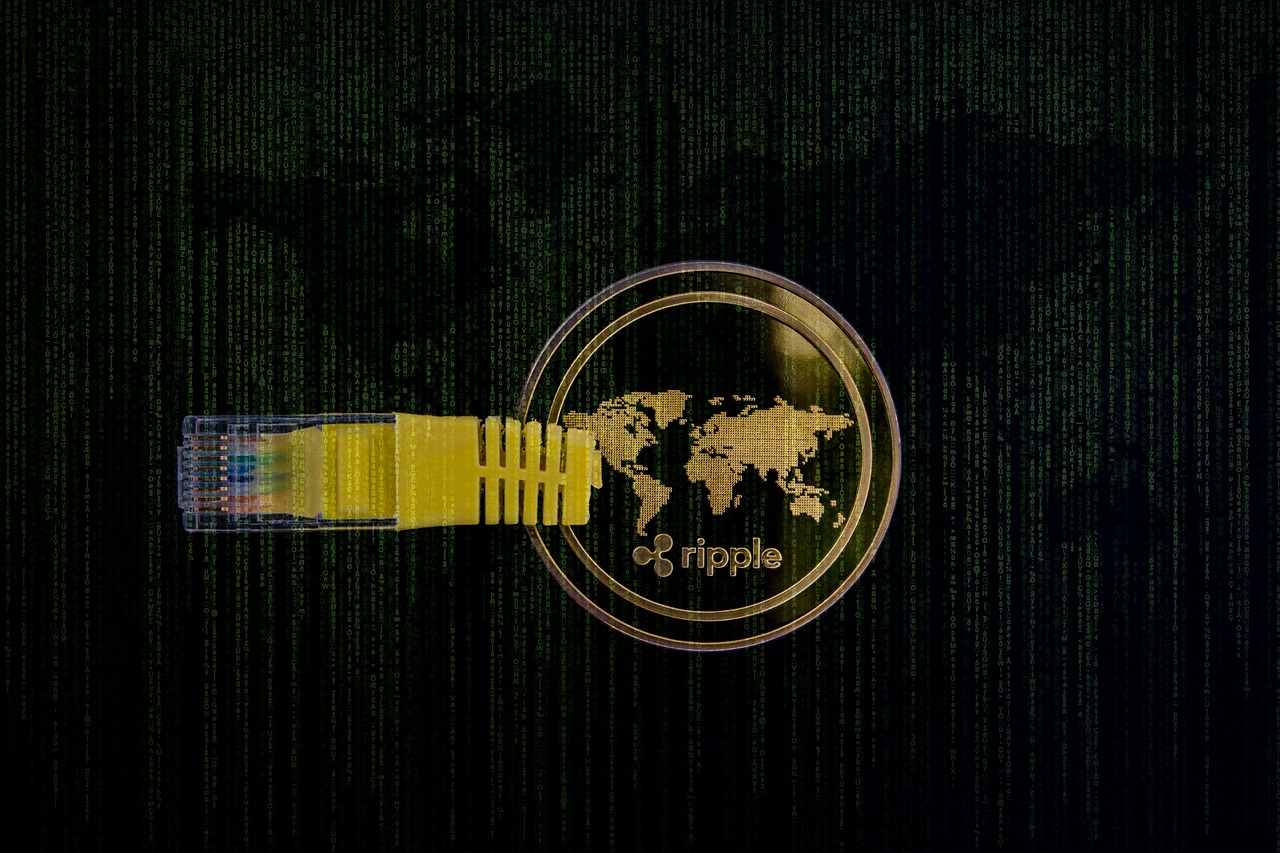
Understanding Rug Pulls
In the ever-evolving world of cryptocurrency, rug pulls have emerged as one of the most notorious pitfalls for investors. But what exactly is a rug pull? Picture this: you’ve invested your hard-earned money into a shiny new crypto project that promises to revolutionize the industry. The developers hype it up, share flashy graphics, and engage with the community. Everything seems perfect until, suddenly, the project vanishes, along with your funds. This is the essence of a rug pull—a deceptive practice where developers abandon a project after attracting significant investment, leaving investors high and dry.
Rug pulls can take various forms, but they typically involve developers creating a token, promoting it aggressively, and then withdrawing all liquidity, effectively stealing the funds raised from investors. The impact of such actions can be devastating. Investors often lose everything, leading to a feeling of betrayal and distrust in the entire cryptocurrency ecosystem. The emotional toll is just as significant as the financial loss, as many victims face the harsh reality of having their dreams shattered.
To truly understand rug pulls, it’s essential to recognize their characteristics and the motivations behind such actions. Many times, these projects start with a legitimate appearance, featuring attractive websites and engaging social media presence. However, a deeper dive reveals a lack of substantial backing or clear utility for the token. It’s akin to a magician performing a trick; while the audience is captivated by the illusion, the reality is often hidden in plain sight.
Investors must remain vigilant and informed. Recognizing the warning signs of a rug pull can be the difference between a wise investment and a costly mistake. As we delve deeper into this article, we will uncover the common signs that indicate a project may be a scam, helping you navigate the treacherous waters of cryptocurrency investments.

Common Signs of Rug Pulls
Identifying potential rug pulls can save investors from significant losses. In the ever-evolving world of cryptocurrency, it's crucial to be aware of the warning signs that may indicate a project is not what it seems. Just like a magician who distracts you with one hand while the other is pulling off the trick, developers behind rug pulls often use clever tactics to mask their true intentions. So, what should you look out for? Let’s dive into some common signs that could signal a rug pull.
One of the first red flags to watch for is unrealistic promises. If a project is boasting about guaranteed returns or profits that seem too good to be true, it's time to raise an eyebrow. Think about it: if someone told you that you could double your money overnight without any risk, wouldn’t you be skeptical? In the crypto world, any promise of “surefire” returns is often a bait to lure unsuspecting investors into a trap. Always remember, if it sounds too good to be true, it probably is!
Transparency is crucial in crypto projects. If you find that the developers are not providing clear communication or accessible information about the project, this should set off alarm bells. A reputable project will often have a detailed roadmap, regular updates, and open communication channels. If you are left in the dark, it may be a sign that the developers have something to hide. Transparency fosters trust, and when that trust is absent, it's a clear indication to proceed with caution.
Another significant red flag is the presence of anonymous teams. While some projects may have valid reasons for anonymity, a lack of identifiable team members can be risky. Imagine investing in a restaurant where you don’t know who the chef is; would you really trust the food? In the crypto space, projects led by anonymous developers may not have accountability, and if things go south, you have no one to turn to. Always do your homework and try to find out who is behind the project.
Monitoring the development progress of a project can reveal potential issues. If a project is slow to deliver on its promises or fails to meet outlined milestones, this could indicate that something is amiss. Keep an eye on the following indicators:
- Delays in project timelines without valid explanations.
- Lack of updates or communication from the team.
- Sudden changes in project direction or goals.
These signs can often suggest that the project is not progressing as it should, and could very well be on the path to a rug pull.
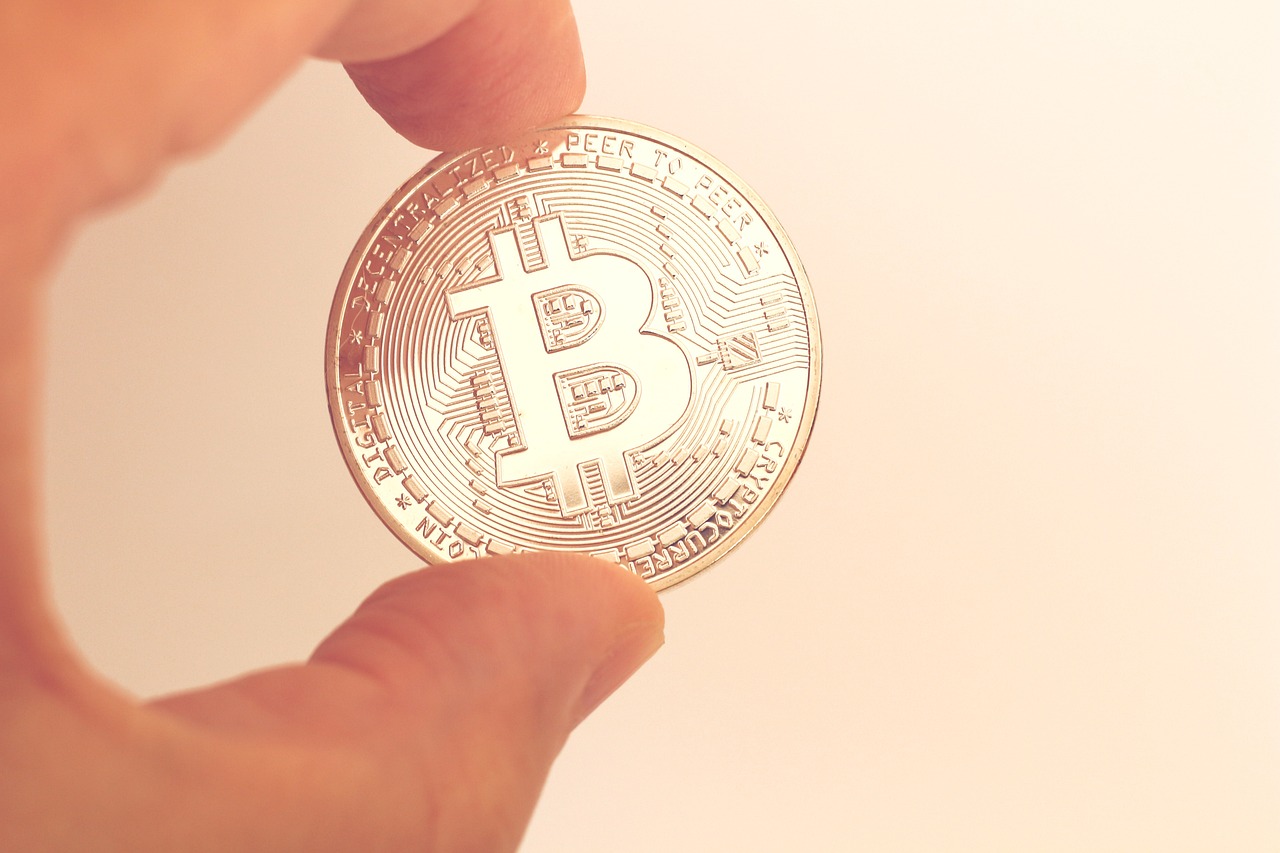
Unrealistic Promises
When diving into the world of cryptocurrency, one of the most enticing yet perilous aspects is the allure of . Imagine walking through a vibrant market where every vendor is shouting about their magical elixirs that guarantee wealth overnight. Sounds too good to be true, right? In the crypto realm, these vendors take the form of projects that boast guaranteed returns or promise profits that seem to defy the laws of economics. If you encounter a project that claims you can double your investment in a week with zero risk, it's time to pause and reflect. Often, these promises are nothing more than glittering bait designed to lure unsuspecting investors into a trap.
The reality is that the cryptocurrency market is known for its volatility and unpredictability. While some projects may indeed offer substantial returns, they come with their own set of risks. Projects that promise high rewards with little to no risk are essentially playing a dangerous game of deception. They may be using buzzwords and flashy marketing tactics to gloss over the lack of a solid business model or a sustainable plan. It's crucial to ask yourself: What’s the catch? If it sounds too good to be true, it probably is.
To further illustrate this point, consider the following common themes found in projects that make unrealistic promises:
- Guaranteed Returns: Any investment that assures you a specific return is a major red flag. In finance, there are no guarantees.
- High-Pressure Tactics: If you're being rushed to invest without adequate time for research, it’s likely a scam.
- Vague Language: Projects that use jargon and buzzwords without clear explanations are often trying to hide something.
Understanding these warning signs can be your first line of defense against rug pulls. Always approach projects with a critical eye and conduct thorough research. Remember, the crypto market is not a get-rich-quick scheme; it's a complex landscape that demands careful navigation. By staying vigilant and skeptical of unrealistic promises, you can protect your investments and avoid falling victim to deceptive practices.

Lack of Transparency
In the world of cryptocurrency, transparency is not just a buzzword; it's a lifeline for investors. When developers launch a project, they should be open about their goals, the technology behind their token, and how funds are being utilized. A glaring can be a significant warning sign that something is amiss. If a project isn't willing to share its roadmap, team members, or even basic technical details, it's time to hit the brakes and reassess your interest. Think of it like trying to buy a car without knowing its make, model, or even if it has an engine. Would you really feel comfortable handing over your hard-earned cash?
Moreover, transparency fosters trust. When developers communicate regularly with their community, provide updates, and engage in discussions, they build a rapport that can make or break a project's success. If you notice that a project is shrouded in secrecy or if the developers seem to vanish after the initial hype, consider it a red flag. The crypto space is rife with scams, and the absence of clear communication is often a precursor to a rug pull.
To illustrate the importance of transparency, let's consider a few key aspects that can help you gauge whether a project is on the up and up or if it's hiding something sinister:
| Aspect | Red Flag Indicators |
|---|---|
| Project Roadmap | Vague or nonexistent roadmap |
| Team Information | Anonymous developers or no information available |
| Funding Usage | Unclear how funds are being allocated |
| Communication | Infrequent updates or lack of engagement with the community |
By keeping an eye on these indicators, you can better protect yourself against potential rug pulls. Remember, if a project seems too good to be true or if the developers are not forthcoming with information, you might just be staring down the barrel of a scam. In the end, the mantra is simple: trust but verify. Always do your homework before diving into any cryptocurrency investment, and don’t hesitate to walk away if the transparency isn’t there.
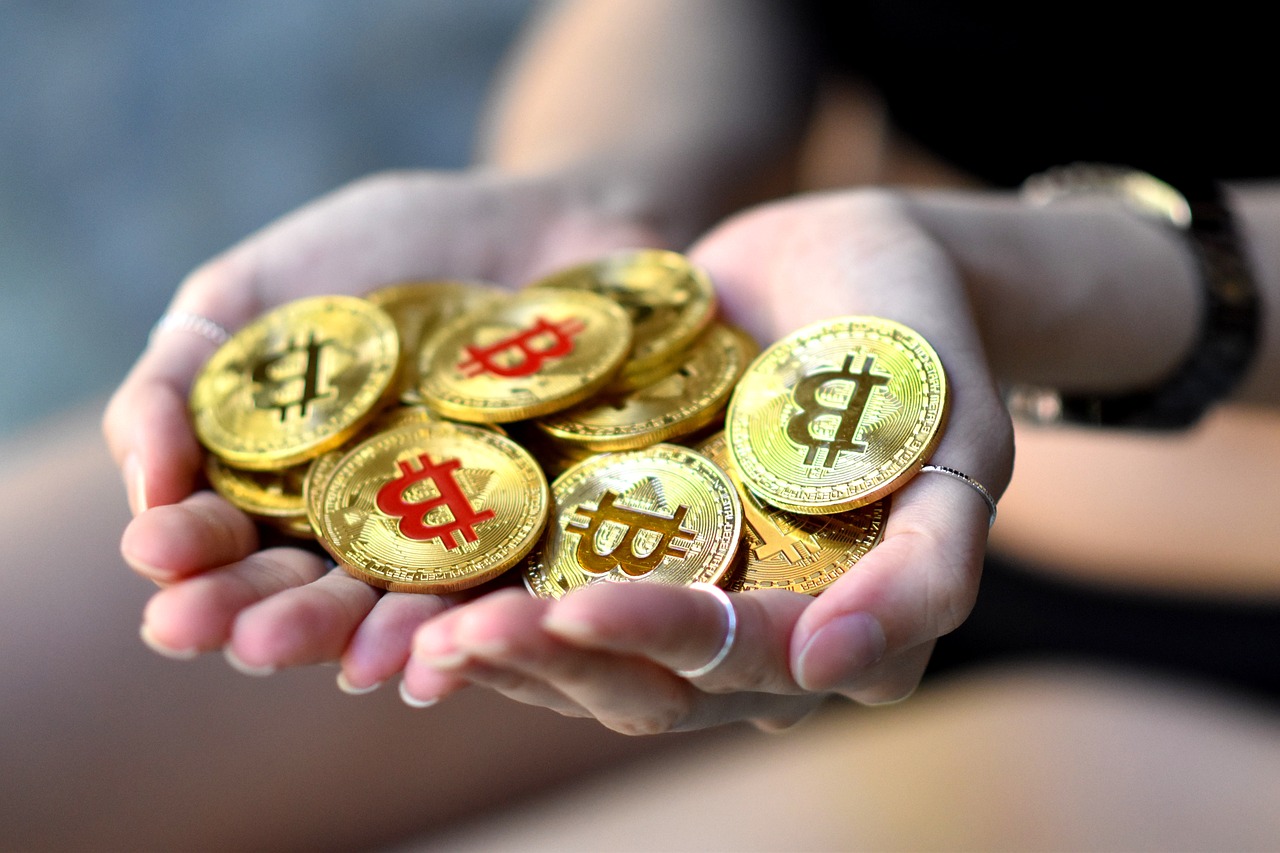
Anonymous Teams
In the wild, wild west of cryptocurrency, anonymity can be both a shield and a sword. It’s like walking into a dark alley—sure, you might find a hidden treasure, but there's also a good chance you'll encounter danger. When a project is led by anonymous developers, it raises a big, flashing red flag. Why? Because transparency is the backbone of trust in any investment, and without knowing who’s behind a project, you’re essentially throwing your hard-earned money into a black hole.
Imagine investing in a startup where the founders are invisible. You wouldn’t do it, right? The same principle applies to crypto. When developers hide their identities, it often means they have something to hide. They could vanish overnight, leaving investors holding the bag. This phenomenon is particularly prevalent in the crypto space, where the allure of quick profits can cloud judgment. So, how do you spot these potential pitfalls?
Here are some key considerations to keep in mind:
- Check for Team Information: Legitimate projects usually have a team section on their website that provides bios and LinkedIn profiles. If you can't find this information, proceed with caution.
- Look for Community Feedback: Engaged communities often discuss team backgrounds. If you see a lack of information or negative sentiments about the team, it might be time to rethink your investment.
- Assess the Project’s History: Researching past projects led by the same anonymous team can reveal patterns. Have they delivered before, or have they left investors in the lurch?
Moreover, the crypto space is filled with stories of rug pulls where anonymous teams have run off with investors' funds. For instance, the infamous case of a popular token that promised revolutionary technology but was led by a team that vanished without a trace serves as a cautionary tale. Investors were left scrambling, and many lost everything.
In conclusion, while there are legitimate projects with anonymous teams, they are the exception rather than the rule. Always remember: if it seems too good to be true, it probably is. By staying vigilant and doing your homework, you can protect yourself from falling victim to the dark side of crypto investments.
Q: What should I do if I find a project with an anonymous team?
A: Approach with caution. Investigate further, looking for community feedback and any available information about the project’s legitimacy.
Q: Are there any successful projects led by anonymous teams?
A: Yes, some projects have thrived despite anonymity, but they are rare. Always weigh the risks and do thorough research.
Q: How can I verify the legitimacy of a crypto project?
A: Look for transparency in team information, community engagement, and a well-documented whitepaper. Research is key!
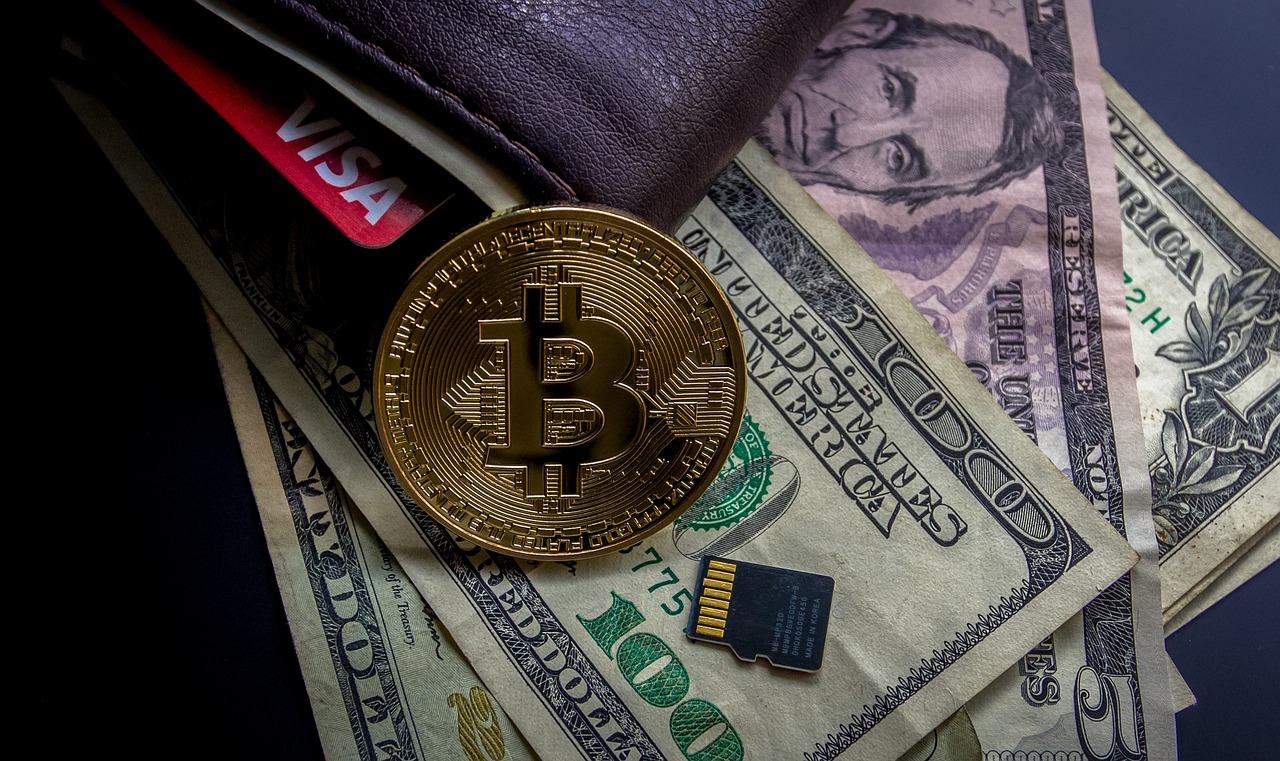
Red Flags in Project Development
When diving into the world of cryptocurrency, it's essential to keep your eyes peeled for any red flags that may indicate a project is heading towards a rug pull. Just like a ship captain scanning the horizon for storm clouds, as an investor, you need to be vigilant about the signs that could signal trouble. One of the first things to consider is the development activity of the project. If a project has little to no updates or the commits on their GitHub repository are sparse, it might be a sign that the developers are not actively working on the project. This lack of engagement can lead to a stagnant project, which is often a precursor to a rug pull.
Another crucial aspect to monitor is the roadmap. A well-defined roadmap outlines the project's goals and milestones. If the project seems to have an unclear or overly ambitious roadmap, it can be a warning sign. Projects that promise to revolutionize the world overnight without a solid plan are often too good to be true. Additionally, if you notice that the team frequently shifts goals or timelines without clear communication, it could indicate instability and a lack of direction.
Moreover, pay attention to the community feedback. A healthy project typically has an engaged community that provides constructive criticism and support. If you find that the community is filled with negativity, complaints about the team, or a general sense of distrust, it might be wise to tread carefully. Look for projects that have a transparent dialogue with their community, where developers are open to feedback and actively address concerns. This level of engagement is a positive indicator of a project's legitimacy.
Lastly, consider the token distribution. If a large percentage of tokens are held by a small number of wallets, this centralization can be a red flag. It suggests that a few individuals have significant control over the project, which can lead to price manipulation and potential rug pulls. A fair distribution model, where tokens are spread across a wider base of investors, is generally a healthier sign. In summary, keeping an eye on these red flags in project development can help you steer clear of potential scams and safeguard your investments.
- What is a rug pull? A rug pull is a deceptive tactic where developers abandon a project after attracting significant investments, leaving investors with worthless tokens.
- How can I protect myself from rug pulls? Conduct thorough research, monitor project developments, and stay informed about the community's sentiment regarding the project.
- What are some common signs of a rug pull? Unrealistic promises, lack of transparency, and anonymous teams are key indicators to watch for.

Researching Projects Thoroughly
When it comes to investing in cryptocurrency, the old saying "knowledge is power" couldn't be more applicable. Thorough research is your best defense against rug pulls. But what does that actually mean? It means digging deep, looking beyond the flashy websites and enticing social media posts, and really understanding what you're getting into before you commit your hard-earned money. Think of it as detective work; you want to uncover the truth behind the project. This can involve a variety of strategies, including examining the project's whitepaper, analyzing the team behind it, and evaluating community engagement.
The whitepaper is often the first place to start. This document serves as the project's blueprint, detailing everything from the technology behind it to its goals and tokenomics. A well-written whitepaper should be clear, comprehensive, and free of jargon. If you find yourself scratching your head trying to understand it, that's a warning sign. Look for key elements such as:
- Problem Statement: Does the project address a real problem?
- Technical Feasibility: Are the proposed solutions realistic and achievable?
- Roadmap: Is there a clear timeline for project milestones?
Next, let's talk about the team behind the project. Are they experienced and reputable in the crypto space? You'd want to invest in projects led by individuals with a track record of success. If the team is anonymous or has little to no online presence, consider that a red flag. Transparency is key. A good project will not only have a visible team but will also provide links to their professional profiles, such as LinkedIn, GitHub, or other relevant platforms.
Community engagement is another crucial factor. A strong, active community can indicate a project’s reliability. Spend some time in forums, Telegram groups, or Discord channels to gauge the sentiment of the community. Are the members enthusiastic and supportive, or are there whispers of discontent? Look for signs of engagement, such as:
- Regular updates from the team
- Active discussions among community members
- Positive feedback and testimonials
Lastly, don't forget to check out the project's social media presence. A project that is genuinely committed to its community will likely have an active presence on platforms like Twitter, Reddit, and even YouTube. Look for consistent updates and interactions with followers. If you notice a lack of activity or engagement, it might be time to reconsider your investment.
In conclusion, taking the time to thoroughly research potential cryptocurrency investments can significantly reduce your risk of falling victim to rug pulls. By examining whitepapers, scrutinizing the team behind the project, and gauging community sentiment, you can make informed decisions that protect your investments. Remember, in the world of crypto, if something seems too good to be true, it probably is!
Q: What is a rug pull?
A: A rug pull is a type of scam in the cryptocurrency space where developers abandon a project after attracting investments, leaving investors with worthless tokens.
Q: How can I identify a rug pull?
A: Look for unrealistic promises, lack of transparency, and anonymous teams. Monitoring project development and community engagement can also help identify potential risks.
Q: Is it safe to invest in new crypto projects?
A: Investing in new crypto projects carries risks. Thorough research and due diligence are essential to minimize the chances of encountering a rug pull.
Q: What should I look for in a whitepaper?
A: A good whitepaper should clearly outline the project's goals, technology, roadmap, and tokenomics. If it’s confusing or lacks detail, it may be a red flag.

Examining the Whitepaper
When diving into the world of cryptocurrency, one of the first documents you should scrutinize is the whitepaper. Think of it as the blueprint of a project, outlining its purpose, technology, and roadmap. A well-crafted whitepaper not only provides essential information about the project but also serves as a litmus test for its legitimacy. So, what should you be on the lookout for? Here are some critical elements to consider:
- Clear Objectives: The whitepaper should clearly state the problem the project aims to solve. If the objectives are vague or overly ambitious without a solid plan, it might be a warning sign.
- Technical Details: Look for a detailed explanation of the technology behind the project. A lack of technical depth can indicate that the developers may not have a solid grasp of what they're doing.
- Roadmap: A transparent roadmap with realistic milestones is crucial. Projects that lack a clear timeline or have unrealistic expectations may be trying to pull the wool over your eyes.
- Tokenomics: Understanding how the tokens will be distributed and used is vital. A project with unclear tokenomics or a significant percentage of tokens held by the developers can be a red flag.
Additionally, the language used in the whitepaper can provide insights into the project’s credibility. If the document is filled with jargon and buzzwords without substantial content, it might be a tactic to confuse potential investors. Always remember, a legitimate project should be able to explain complex concepts in a way that is understandable to the average investor.
Furthermore, don't ignore the importance of references and citations. A credible whitepaper should include sources and research to back up its claims. If you find a document that makes bold assertions without any supporting evidence, it's time to proceed with caution.
Lastly, consider the team behind the project. A reputable whitepaper should provide detailed information about the developers and their backgrounds. If the team is anonymous or has no verifiable history in the crypto space, this could be a significant warning sign. Transparency is key; if a team is proud of their project, they should be willing to stand behind it publicly.
In summary, examining the whitepaper is an essential step in your due diligence process. It can reveal a lot about the project's viability and the intentions of its creators. By keeping an eye out for these critical elements, you can better safeguard your investments and steer clear of potential rug pulls.
Q: What is a whitepaper in cryptocurrency?
A: A whitepaper is a detailed document that outlines the purpose, technology, and roadmap of a cryptocurrency project. It serves as a guide for potential investors.
Q: How can I tell if a whitepaper is legitimate?
A: Look for clear objectives, technical details, a realistic roadmap, and transparent tokenomics. Also, check for references and the credibility of the team behind the project.
Q: What should I do if I find red flags in a whitepaper?
A: If you identify any red flags, it's best to proceed with caution or avoid investing in the project altogether. Your financial safety should always come first.

Community Engagement and Sentiment
When diving into the world of cryptocurrency, one of the most telling signs of a project's legitimacy is the level of community engagement it garners. Think of a cryptocurrency project as a ship sailing through uncharted waters; the community is the crew that keeps it afloat. If the crew is enthusiastic, involved, and vocal, the ship is likely to navigate smoothly. However, if the crew is silent or disinterested, it raises questions about the ship's destination and safety.
Community sentiment can be gauged through various channels, primarily social media platforms, forums, and dedicated chat groups like Telegram and Discord. A project with an active and positive community often indicates a robust foundation. Here are a few aspects to consider when evaluating community engagement:
- Social Media Activity: Check the project's social media pages. Are they regularly updated? Is there a consistent interaction with followers? A lack of updates or engagement can be a red flag.
- Community Feedback: Look for discussions and feedback from current investors. Are they supportive and optimistic, or are they expressing concerns and dissatisfaction? The overall sentiment can provide insights into the project's health.
- Developer Interaction: A project where developers actively communicate with the community is usually more trustworthy. This transparency fosters trust and demonstrates that the team is committed to the project.
Moreover, the presence of community-driven initiatives such as AMAs (Ask Me Anything sessions), webinars, and regular updates can significantly enhance a project's credibility. These initiatives not only keep the community informed but also create a sense of belonging and investment in the project's success.
In contrast, if you notice a project where the community is filled with negativity or where members are leaving in droves, it could signify underlying issues. Often, disgruntled investors will voice their opinions, which can serve as an early warning system for potential rug pulls. Remember, a thriving community is like a bustling marketplace; the more activity and interaction, the more trustworthy the environment.
Ultimately, paying attention to community engagement and sentiment is crucial. It serves as both a barometer for a project's health and a protective measure for your investments. If the crew is engaged and the ship is sailing smoothly, your chances of a successful voyage increase significantly.
1. What is community engagement in cryptocurrency?
Community engagement refers to the interaction and involvement of investors and users with a cryptocurrency project, often seen through social media activity, forums, and direct communication channels.
2. How can I assess community sentiment?
You can assess community sentiment by analyzing discussions on social media, feedback in forums, and the overall tone of conversations within community groups associated with the project.
3. Why is community engagement important?
Community engagement is important because it reflects the project's legitimacy and sustainability. An active community often indicates a committed team and a healthy project environment.
4. What should I do if I notice negative community sentiment?
If you notice negative community sentiment, it’s wise to conduct further research into the project. Look for signs of instability or lack of transparency that might indicate potential risks.
Frequently Asked Questions
- What is a rug pull in cryptocurrency?
A rug pull is a type of scam where developers abandon a project after attracting a significant amount of investment, leaving investors with worthless tokens. It's like a magician pulling a tablecloth from under a full set of dishes—everything looks good until it all comes crashing down.
- How can I identify a potential rug pull?
Look for warning signs such as unrealistic promises of returns, lack of transparency from the developers, and anonymous teams. If it seems too good to be true, it probably is. Think of it as a red flag waving in a sea of green lights.
- Why is transparency important in crypto projects?
Transparency builds trust. When developers provide clear and accessible information about their project, it helps investors feel secure. If a project is shrouded in mystery, it’s a sign to proceed with caution—like walking into a dark alley without a flashlight.
- What should I look for in a project's whitepaper?
A whitepaper should clearly outline the project's goals, technology, and how it plans to achieve its objectives. Look for detailed explanations and realistic timelines. If it reads like a fairy tale, you might want to close that book.
- How does community engagement affect a project's reliability?
A strong, active community can be a good indicator of a project's health. Engaged users often provide feedback and hold developers accountable. If the community is silent or filled with complaints, consider it a warning sign—like a party with no guests.
- Can anonymous developers be trusted?
While not all anonymous projects are scams, anonymity can be a red flag. It makes it harder to hold developers accountable. Think of it as buying a car from someone who won’t show you their ID—would you really drive off without knowing who sold it to you?
- What are some common red flags in project development?
Keep an eye out for projects that lack regular updates, have unrealistic timelines, or show little to no progress. If the development team seems to vanish after launch, it might be time to pull your investments before the rug gets pulled.











